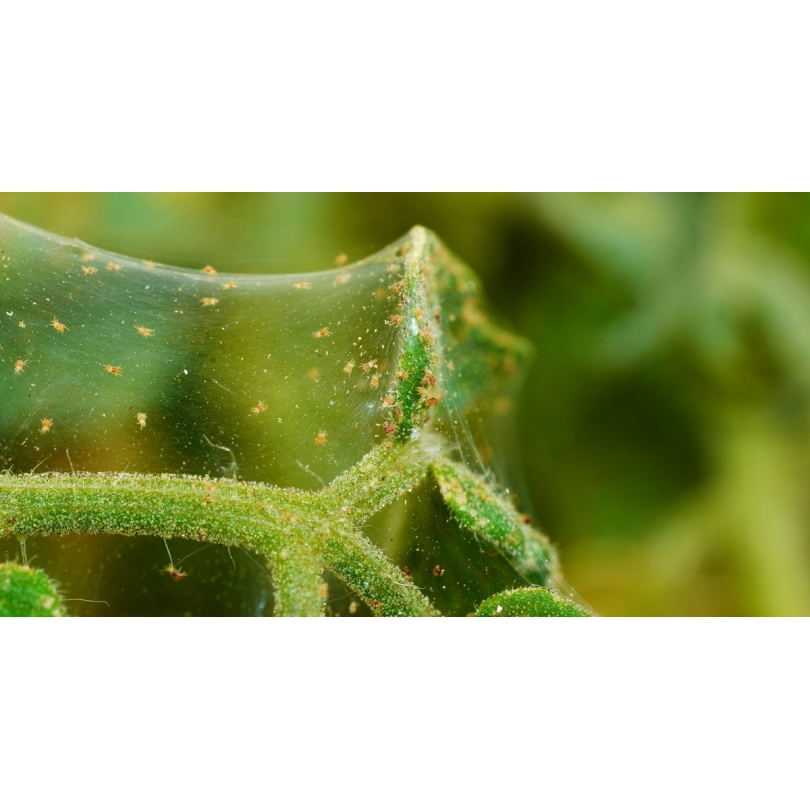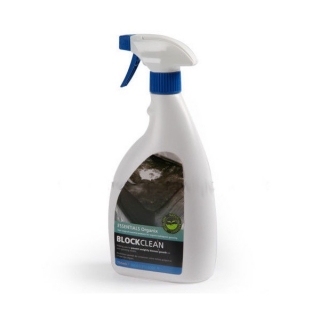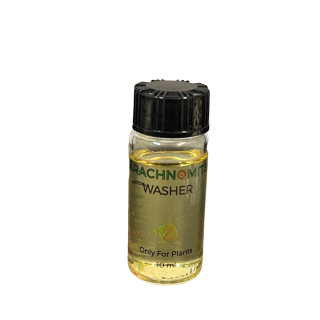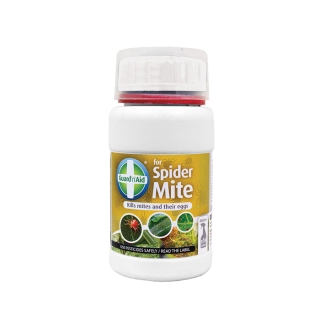Koppert Predators

Koppert Predators
Description
Please note that these are living predators and are only purchased to order, meaning we do not stock these products so there will be 2-3 days delay before we receive them.The life shelf of the live predators are 6-8 weeks but should be used as soon as received as incorrect storage can cause damage to the organisms.
THRIPEX
Neoseiulus cucumeris
(formerly Amblyseius cucumeris)
Neoseiulus cucumeris (predatory mite)
Pack size: 1,000 ml bottle
Bottle contains: 50,000 predatory mites (all stages) + some grain mites (all stages) mixed with bran or vermiculite
PrecautionsIn case of mechanical application inhalation of the product may cause sensitization. A dust mask is recommended as protection for operators and people working near place of application
Target
Various thrips species. Hatching eggs and the first larval stage. Predatory mites also eat spider mites (f.e. strawberry mite, broad mite), several other mites, honeydew and pollen.
Appearance
Mobile stages: beige-pink, droplet shaped, 'pushed down' position on short legs, often at hidden places like along veins and in the flowers
Eggs: transparant white, attached to leaf hairs along veins on the underside of leaves.
Koppert Spidex
Phytoseiulus persimilis (predatory mite)
Pack size: 100 ml or 500 ml bottle with dosage-plug
Contains: 2,000 or 10,000 adults mixed with wood-chips
Target
Two spotted spider mite (Tetranychus urticae). All stages, preferring younger stages.
The predatory mite can only survive on two spotted spider mites (Tetranychus spp.).
Adults: bright red, very active, spherical, stands high on its legs
Eggs: oblong, first pink and transparant, later on darker, twice as big as spider mite eggs
Larvae/nymphs: pale to light red
Mode of action
Adult predatory mites and nymphs search actively for their prey and suck them dry.
Visual effect
Adult red spider mites that have been eaten change colour from brown to black (in tomato) and can be identified as tiny black dots on the leaves. This should not be confused with living, light-brown to dark-red spider mites.


-320x320.jpeg)

